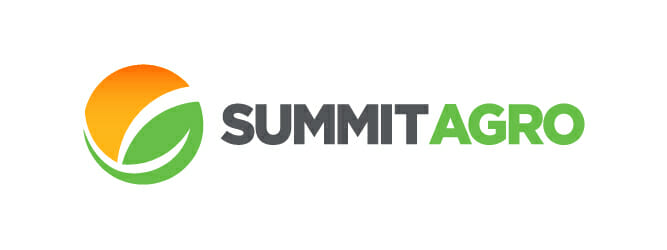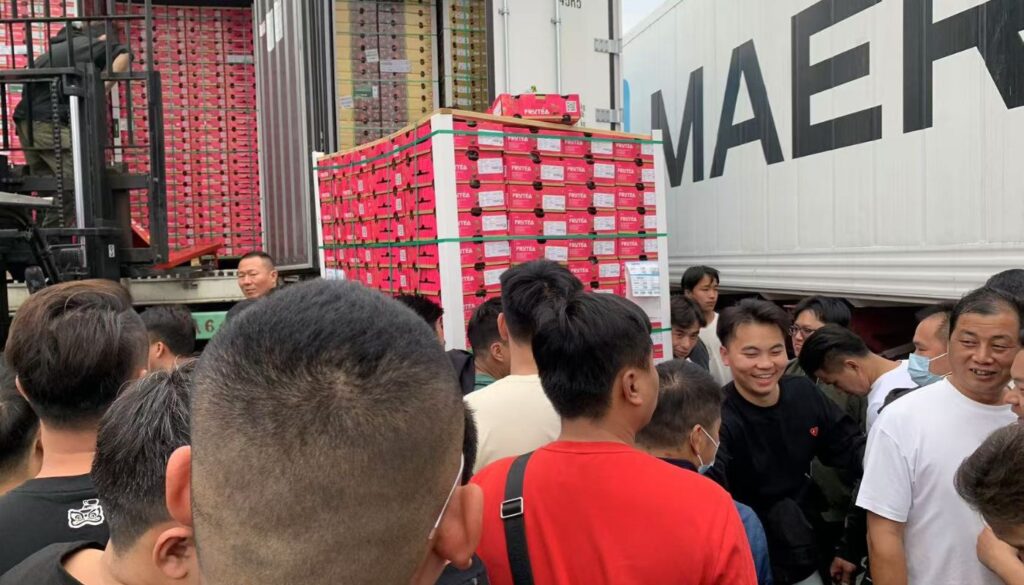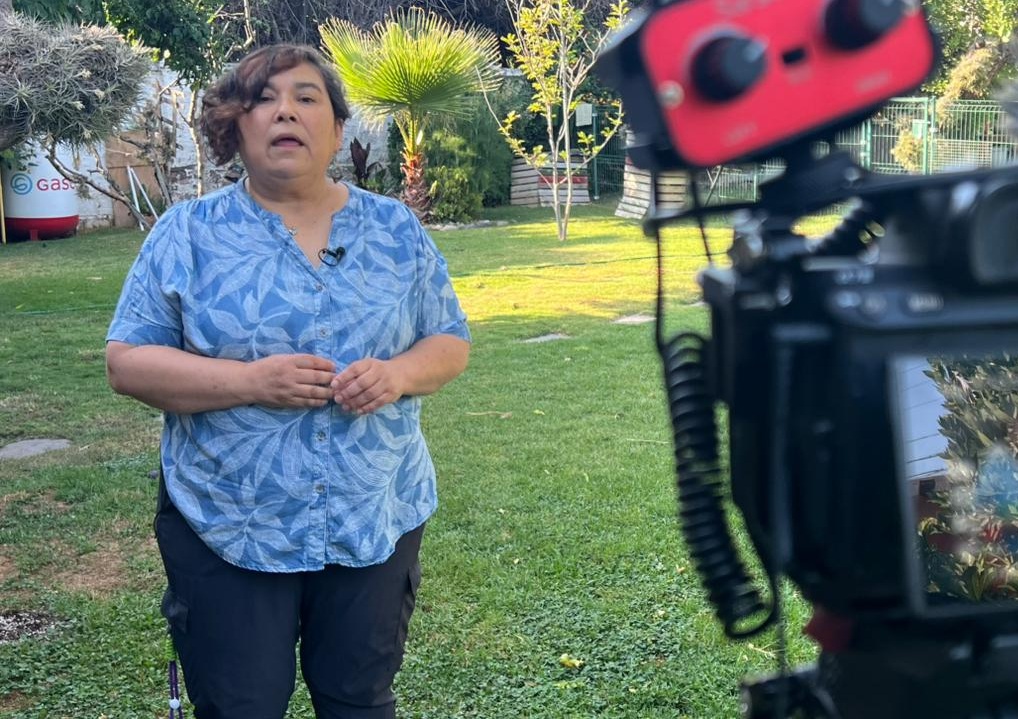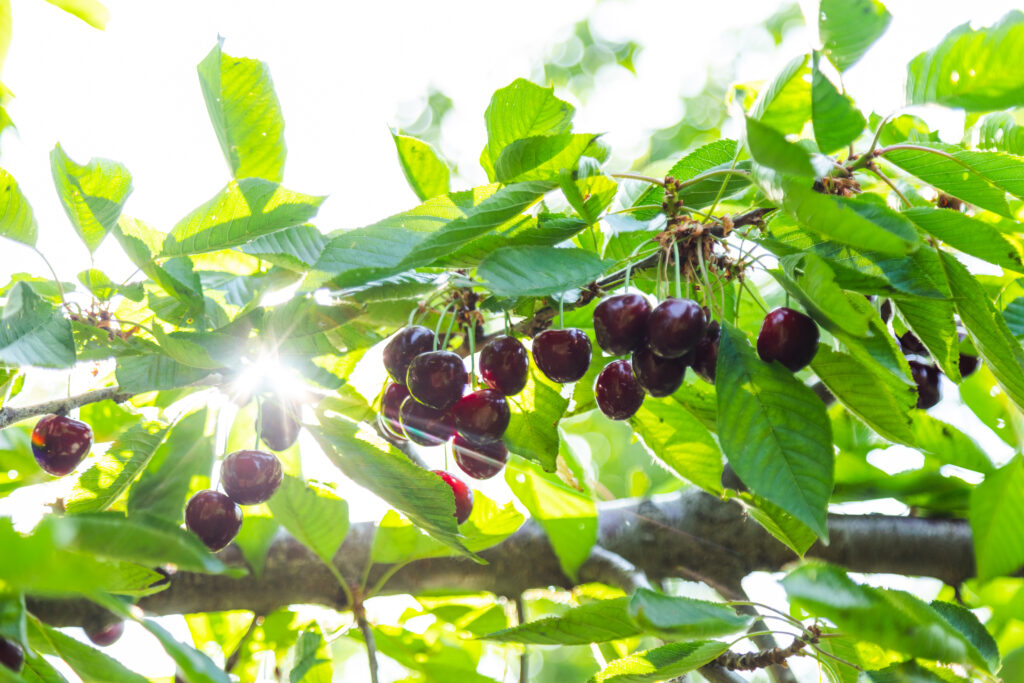In vitro efficacy test of Pseudomonas syringae pv. syringae and Xanthomonas arboricola pv. juglandis subjected to different treatments.
Agr. Eng. Daniela Trujillo
April 23, 2020
Aim
Determine the effectiveness In vitro of different commercial products in the control of bacteria Pseudomonas syringae pv. syringae and Xanthomonas arboricola pv. juglandis.
Materials and methods



Statistical analysis
Infostat program
Analysis of variance
Statistical differences Fisher's multiple comparisons
Results
Treatments
Agrygent Plus (T1)
Agrygent Plus + Biorend Cu (T2)
Streptomycin + Oxytetracycline (T4)
Larger diameter of the inhibitory halo,
effective in controlling bacteria.
Kirby-Bauer Methodology
Pseudomonas syringae pv. syringae



Kirby-Bauer Methodology
Xanthomonas arboricola pv. juglandis
Treatments
Agrygent Plus (T1)
Agrygent Plus + Biorend Cu (T2)
Larger diameter of the inhibitory halo,
effective in controlling this bacteria
Treatment
Streptomycin + Oxytetracycline (T4)
inhibitory halo diameter, statistical difference with T1 and T2,
effective in controlling this bacteria
Xanthomonas arboricola pv. juglandis



Methodology Suspension in culture medium
Pseudomonas syringae pv. syringae
Evaluation 24 and 48 h all treatments effectively controlled the development of Pss (statistical difference T0 6.3*104 CFU).
Evaluation 72 h, T3 Kasugamycin formation of 2.3*104 CFU,
The other treatments effectively controlled the development of Pss.
T5 Bacillus spp. + Brevibacillus brevis active ingredients and colony-forming capacity, did not allow quantification or identification Pss.




Methodology Suspension in culture medium
Xanthomonas arboricola pv. juglandis
24 h evaluation all treatments effectively controlled the development of Xaj (statistical difference T0 5.8*102 CFU).
Evaluation 48 h T0, not quantifiable.
T5 Bacillus spp. + Brevibacillus brevis active ingredients and colony-forming capacity, did not allow quantification or identification Xaj.


Conclusions
High concentrations of bacteria (Kirby-Bauer methodology)
Agrygent Plus (T1), Agrygent Plus + biorend Cu (T2) and Streptomycin + Oxytetracycline (T4) were the most effective treatments in controlling Pseudomonas syringae pv. syringae.
Agrygent Plus (T1) and Agrygent Plus + Biorend Cu (T2) were the most effective in controlling Xanthomonas arboricola pv. juglandis.
Medium to low concentrations of bacteria (dilution CFU counting methodology)
All treatments effectively controlled the development of Pseudomonas syringae pv. syringae and Xanthomonas arboricola pv. juglandis.








